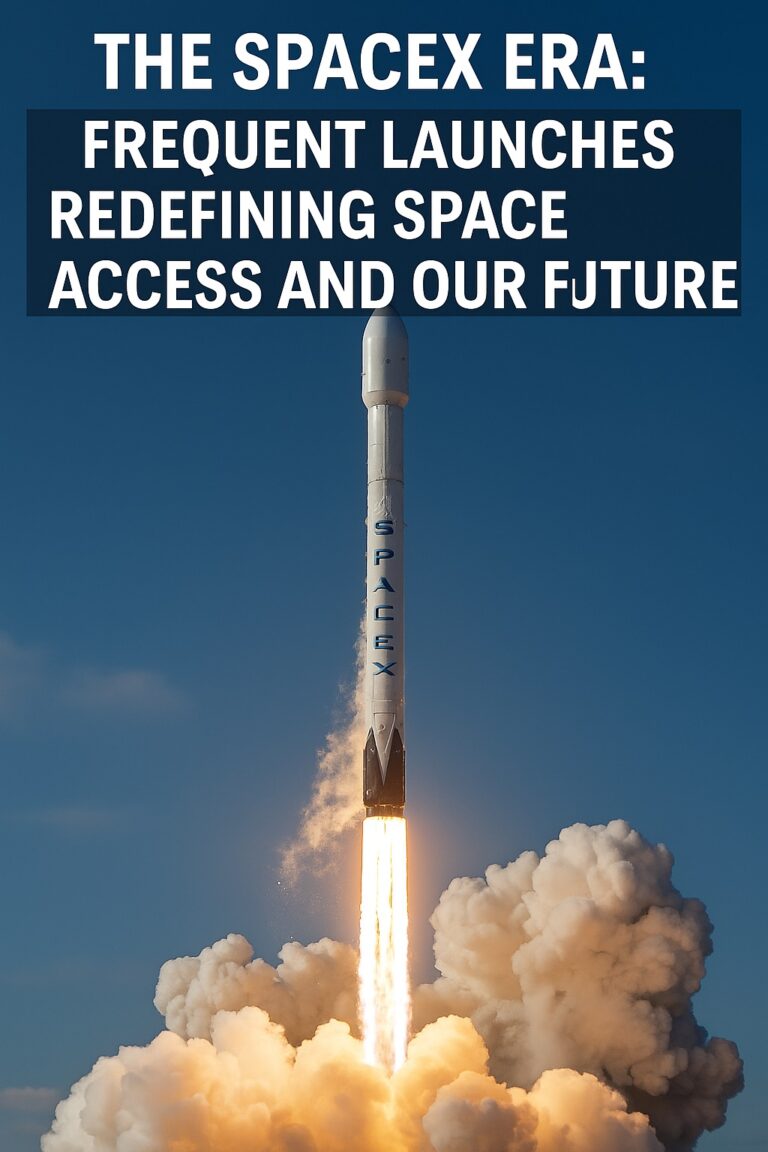
Introduction: A Strategic Turning Point
As we move through 2025, U.S.-India trade relations are not just growing—they’re transforming. This shift is about more than dollars and deals; it’s about strategic alignment, economic resilience, and a shared vision for global stability. With both nations navigating a volatile geopolitical climate and increasingly interconnected economies, the partnership is entering a new era of mutual growth and global influence.
Bilateral Trade Milestones and Ambitions
The trade relationship reached a significant milestone in 2024–25 with total bilateral trade estimated at $131.84 billion, according to India’s Ministry of Commerce and Industry. Ambitiously, both sides have set their sights on $500 billion in trade by 2030, a goal dubbed “Mission 500”. This push is not just symbolic—it reflects a larger effort to deepen economic ties and rewire global supply chains.
What’s Driving the Strategic Collaboration?
1. Geopolitical Realignment
The U.S. and India are aligning more closely in response to global power shifts, especially China’s assertive posture in the Indo-Pacific. Both nations view each other as essential partners in maintaining a rules-based international order.
2. Supply Chain Diversification
Post-COVID disruptions revealed the fragility of over-centralized supply chains. India’s push to become a global manufacturing hub complements U.S. efforts to de-risk supply lines.
3. Shared Democratic Values
Common governance principles and institutional structures enhance trust and long-term collaboration in sensitive areas like defense tech and cybersecurity.
Sector-Wise Breakdown of Strategic Ties
1. Critical and Emerging Technologies (iCET)
Launched in 2023 and expanded in 2025, the Initiative on Critical and Emerging Technology (iCET) supports collaboration in:
- Semiconductors
- Artificial Intelligence (AI)
- Quantum Computing
- 5G/6G telecom
- Space tech
Recent agreements focus on co-development of AI infrastructure and data centers, per White House fact sheets.
2. Defense and Aerospace
India’s designation as a Major Defense Partner has led to increased defense trade, joint R&D, and tech transfers. Under the INDUS-X initiative, both countries are co-developing next-gen military systems. Discussions in February 2025 explored streamlining arms export regulations, improving efficiency for U.S. companies operating in India (U.S. Department of Defense).
3. Clean Energy and Climate Cooperation
Joint goals under the U.S.-India Climate and Clean Energy Agenda 2030 Partnership include:
- Expanding solar and wind energy deployment
- Research in green hydrogen and small modular nuclear reactors (SMRs)
- Bilateral cooperation on civil nuclear technology, including U.S.-designed reactors (U.S. Department of Energy).
4. Critical Minerals and Resource Security
India’s National Critical Minerals Mission, launched in early 2025, aims to reduce import dependency on rare earths like lithium and cobalt. The U.S. and India are now co-investing in resource recovery tech and joint ventures in mineral processing (Indian Bureau of Mines).
5. Resilient Supply Chains
Efforts include:
- Joint public-private investments in API manufacturing
- Collaborative logistics infrastructure projects
- Participation in the Indo-Pacific Economic Framework (IPEF) to reinforce regional stability and transparency
2025 Developments Accelerating Trade Momentum
- Interim Trade Deal Expected by June 2025: A fast-tracked agreement is expected to reduce tariffs in priority sectors like EVs, industrial components, and agri-exports.
- U.S.-India COMPACT Initiative: Launched to align military, commercial, and tech objectives.
- Strategic Mineral Recovery Initiative: Both sides are working on recovering minerals from industrial waste streams, a novel approach with environmental and strategic benefits.
- India’s IPEF Engagement Deepens: Focus areas include anti-corruption, sustainable trade, and digital governance.
What This Means for Businesses
The collaboration opens real avenues for:
- U.S. firms in aerospace, defense, EVs, clean energy, AI, and agri-tech to enter India’s expanding markets.
- Indian startups and manufacturers to access U.S. investment, IP, and advanced R&D ecosystems.
- Mutual incentives for companies relocating supply chains away from China.
Emerging sectors such as telemedicine, fintech, and biotech are seeing early-stage collaboration efforts, including accelerator programs and venture co-funding deals.
Challenges on the Horizon
Despite this momentum, several hurdles persist:
- Tariff and Regulatory Issues: The U.S.’s 26% reciprocal tariff (currently suspended) and India’s legacy import duties remain friction points.
- Data Privacy and Digital Trade: Differing regulatory frameworks, including India’s Digital Personal Data Protection Act (2023), complicate cross-border data flows.
- IP Protection: Concerns persist from both sides, particularly U.S. firms over patent protections and enforcement timelines.
Continued policy harmonization and institutional dialogues will be key to resolving these.
Conclusion: A Partnership Defining the Future of Trade
The U.S.-India trade relationship in 2025 is evolving from transactional to transformational. By combining economic opportunity with strategic intent, both nations are crafting a partnership that may shape the next era of global commerce. As joint initiatives mature and trade barriers lower, businesses and governments alike must prepare for a future defined by deeper cooperation, shared innovation, and long-term resilience.
Disclaimer
This article is based on publicly available information as of May 2025. Economic and geopolitical conditions may evolve rapidly. Please consult official sources and financial advisors before making business or investment decisions.






![ASEAN Takes on Trump's Tariffs: Unity and Diplomacy at the Kuala Lumpur Summit [May 27, 2025] ChatGPT Image May 27, 2025, 12_03_29 PM](https://pulsewire.in/wp-content/uploads/2025/05/ChatGPT-Image-May-27-2025-12_03_29-PM-150x150.png)


